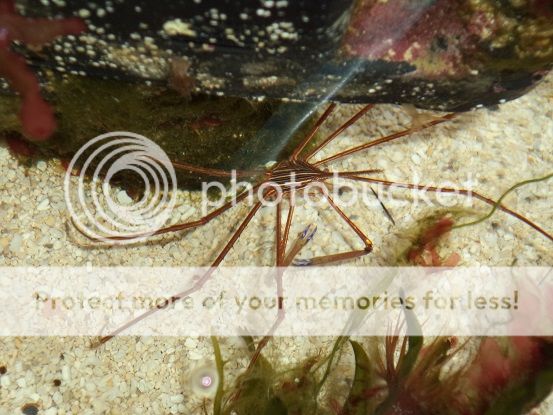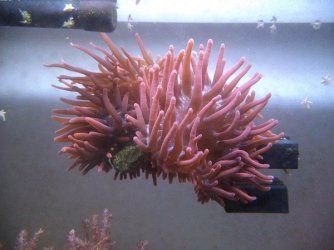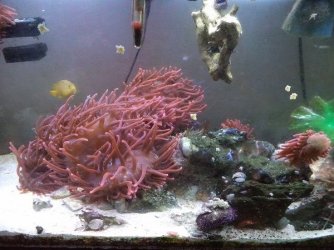Been a long time since I did an update on this. I was out of town for part of August so I just needed to keep the tank going along as it was and not much exciting has happened as a result.
However, another BTAs split happening is right now. Time to keep compulsively checking the tank in the dark every 20min with a flashlight even though there is nothing to do about it. So, I guess it's soon to be back to 4 clones in this tank. The one splitting right now had moved up onto the glass to do it, so if it stays there after it heals then I'll have to try see if I can remove one or both clones safely since 4 is a bit many with other Coelenerates around. The one clone that'd I'd removed from this tank to one of my smaller tanks earlier in the year is also doing well.
However, another BTAs split happening is right now. Time to keep compulsively checking the tank in the dark every 20min with a flashlight even though there is nothing to do about it. So, I guess it's soon to be back to 4 clones in this tank. The one splitting right now had moved up onto the glass to do it, so if it stays there after it heals then I'll have to try see if I can remove one or both clones safely since 4 is a bit many with other Coelenerates around. The one clone that'd I'd removed from this tank to one of my smaller tanks earlier in the year is also doing well.






